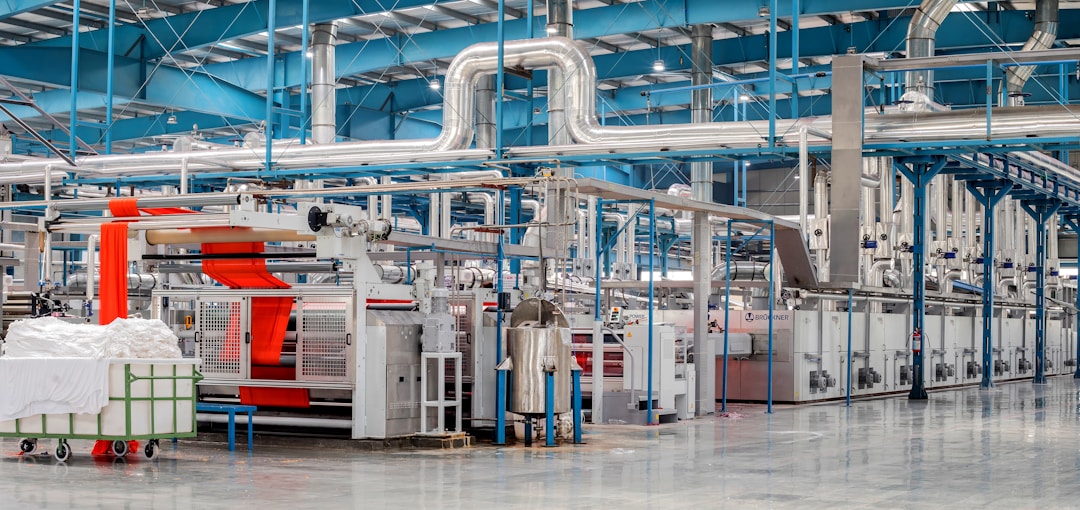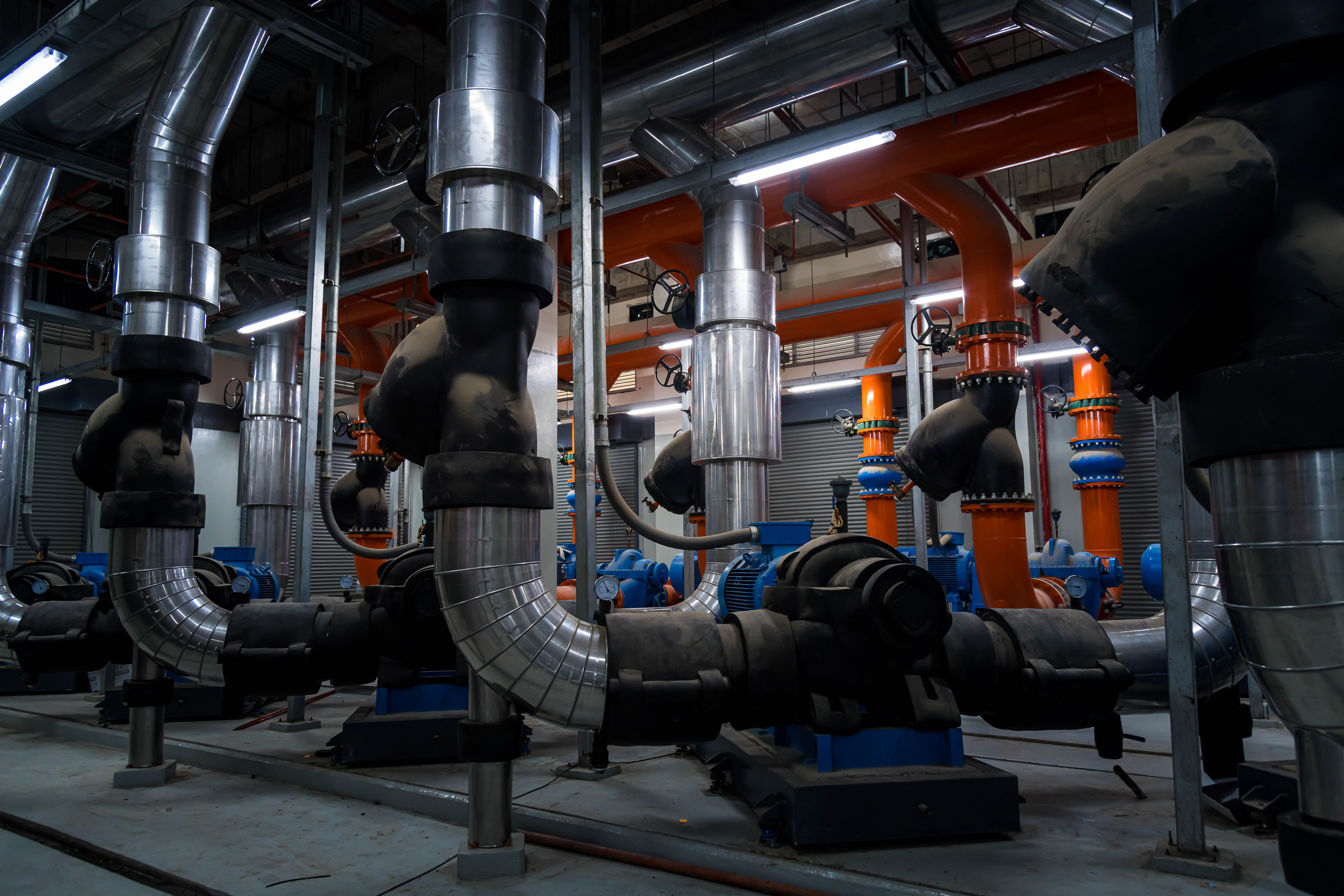The Benefits of Plate Chillers in Industrial Applications
The industrial world has often been associated with innovative technologies and advanced machinery. One such critical piece of equipment is the industrial plate chillers. Its predominant usage in cooling and heating processes has made the device a cornerstone of industrial applications. In this article, we are going to decode the mechanisms and benefits of plate chillers.
Understanding Industrial Plate Chillers

Industrial plate chillers are equipment designed to lower the temperature of substances during various industrial processes. Their structure incorporates a series of metal plates shaping a heat exchanger, which promotes efficiency in cooling.
The chilling systems follow the principle of thermodynamics where energy, in the form of heat, flows from a system of high temperature to one with lower degrees. This leads to a swift and effective reduction in the temperature of the intended substance.
In industries, plate chillers offer a quick, controlled, and efficient cooling process. This advantage over conventional cooling processes makes them favorable components in any manufacturing line. When industries need durable and efficient cooling systems, industrial plate chillers are the go-to option.
A Deep Dive Into the Working Mechanism of Plate Chillers
The fundamental working principle of plate chillers revolves around the transfer of heat energy. Hot substances and coolant are passed through alternating channels formed by the plates. The relatively colder coolant absorbs the heat from the warmer substance, thereby cooling it.
Plate chillers have a ‘counter-current’ flow design. This means that the hot substance and the cooling medium move in opposite directions. This results in a large temperature differential promoting efficient heat transfer.
The thermodynamics behind a plate chiller’s operation ensures a large surface area for efficient heat exchange. The system promotes turbulence in the fluid flow, which prevents the formation of a thermal boundary layer, leading to a more effective chilling mechanism.
The Advantages of Employing Plate Chillers in Industries

Plate chillers in industrial processes are known for their effective heat exchange. They offer significant energy and cost savings as a result of the reduced cooling time and lower coolant requirements.
As industries grow, they can simply add more plates to accommodate the increased cooling needs without needing to replace the entire system.
Furthermore, plate chillers require minimal space when compared to other industrial chillers. Their compact and modular design ensures ease of installation, maintenance, and cleaning.
Security in industrial processes is also enhanced with the use of plate chillers. Their counter-current design ensures that in case of any leakages, the coolant and the hot substance will not mix potentially averting any health risks.
Challenges of Implementing Plate Chillers in the Industrial Sector
Despite their various benefits, there are challenges that industries face while using plate chillers. The high upfront cost is one of the main barriers to their adoption. However, their high energy efficiency and low operational cost can offset this in the long run. Moreover, plate chillers require regular cleaning and maintenance to ensure the heat exchange surfaces remain efficient.
Another challenge involves the possible fouling of channels between the plates. This is caused by sedimentation of particles in the flow channels which can reduce heat transfer. The use of plate chillers with larger gaps and regularly flushing the system can mitigate this.
Despite these roadblocks, the immense benefits derived from using plate chillers are undeniable. Overcoming these challenges only requires strategic planning and execution in maintenance and finances.
Overall, the adoption of plate chillers in industrial applications is a strategic move towards efficient and effective operations. As our understanding and technology continue to advance, the utilization of such innovative devices is set to redefine the industrial landscape.








